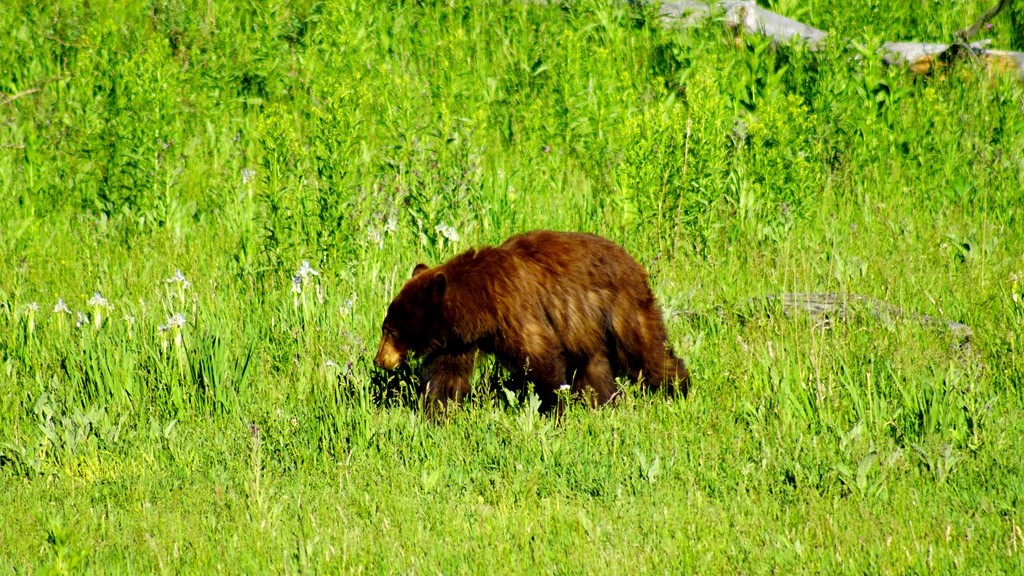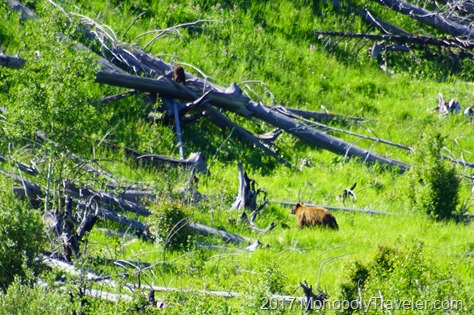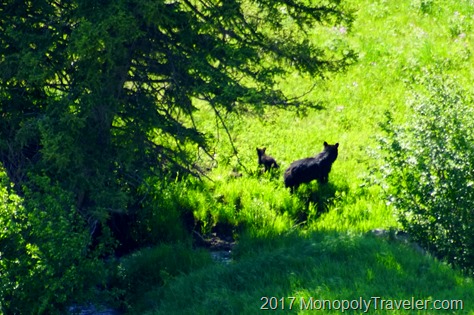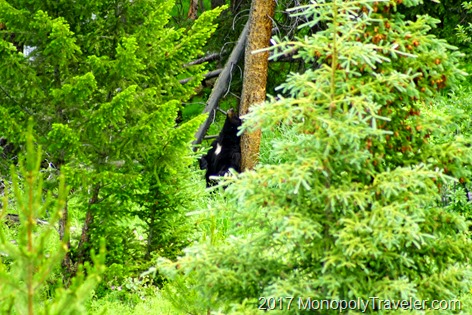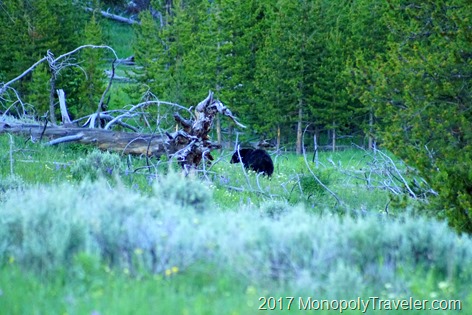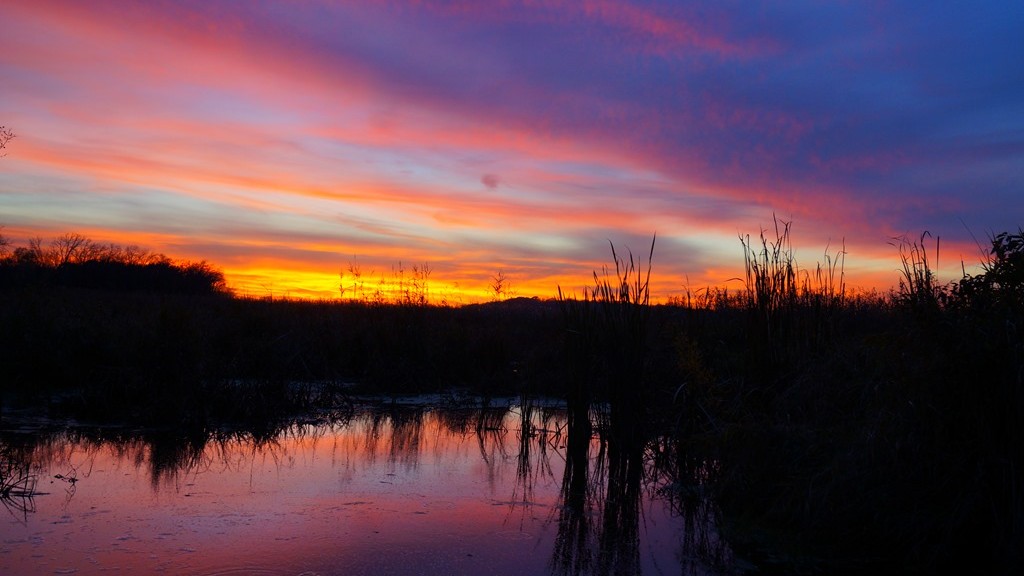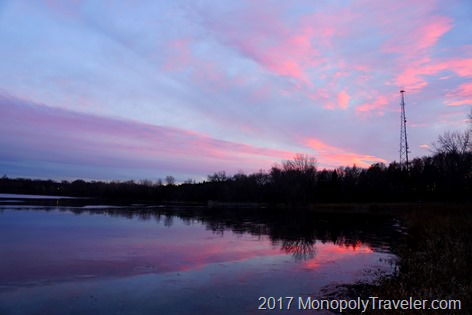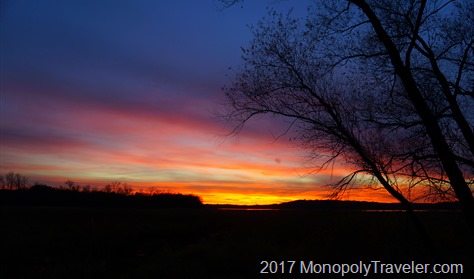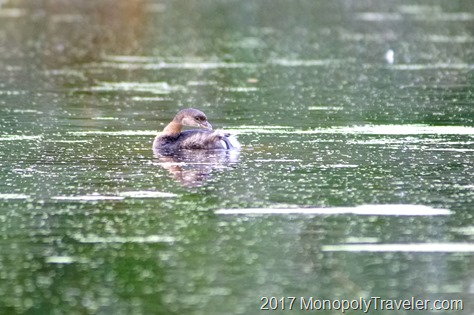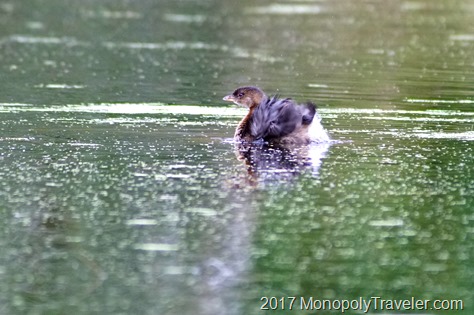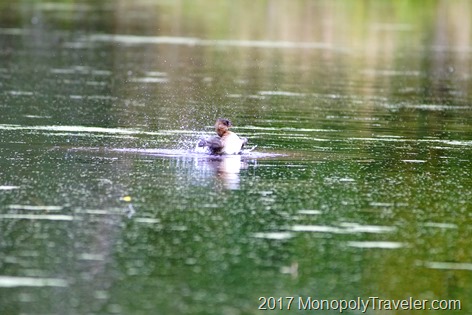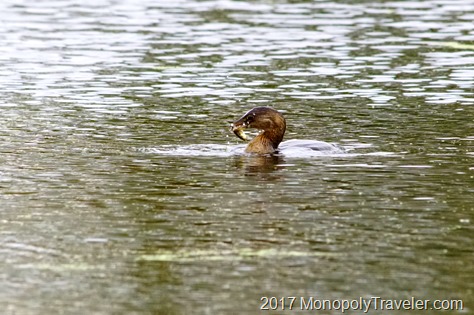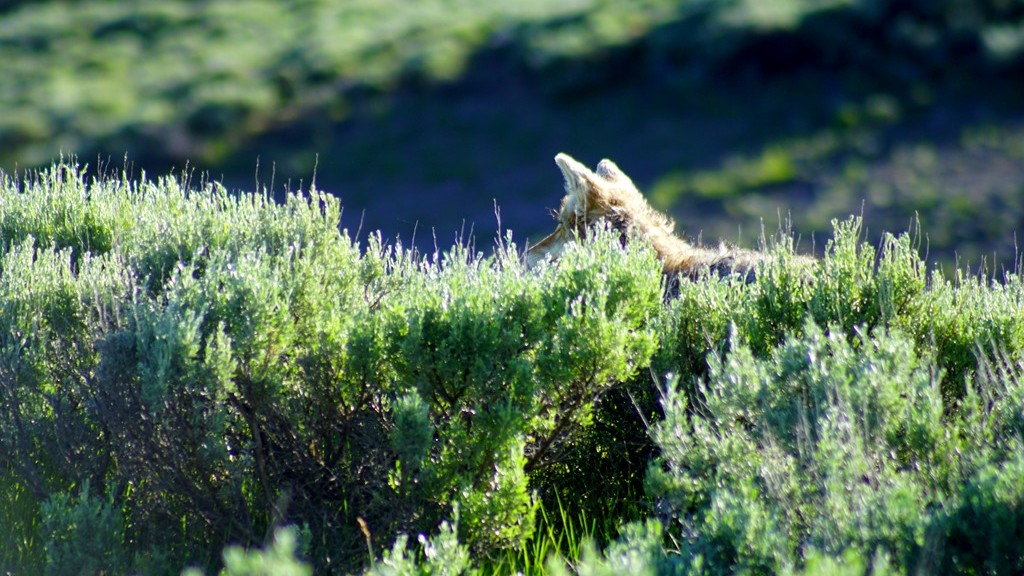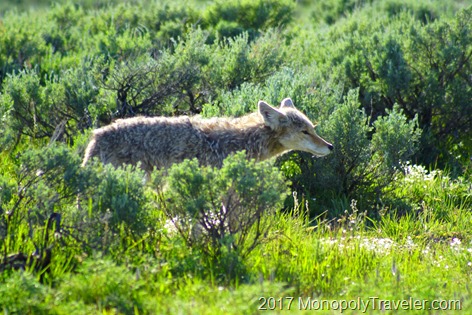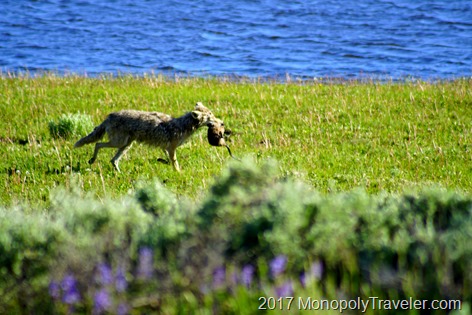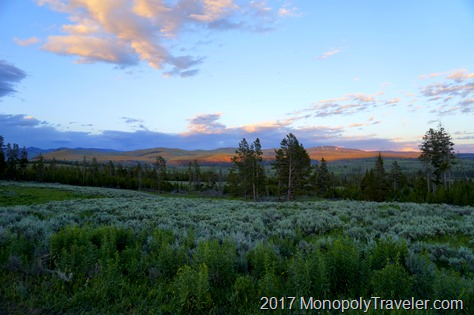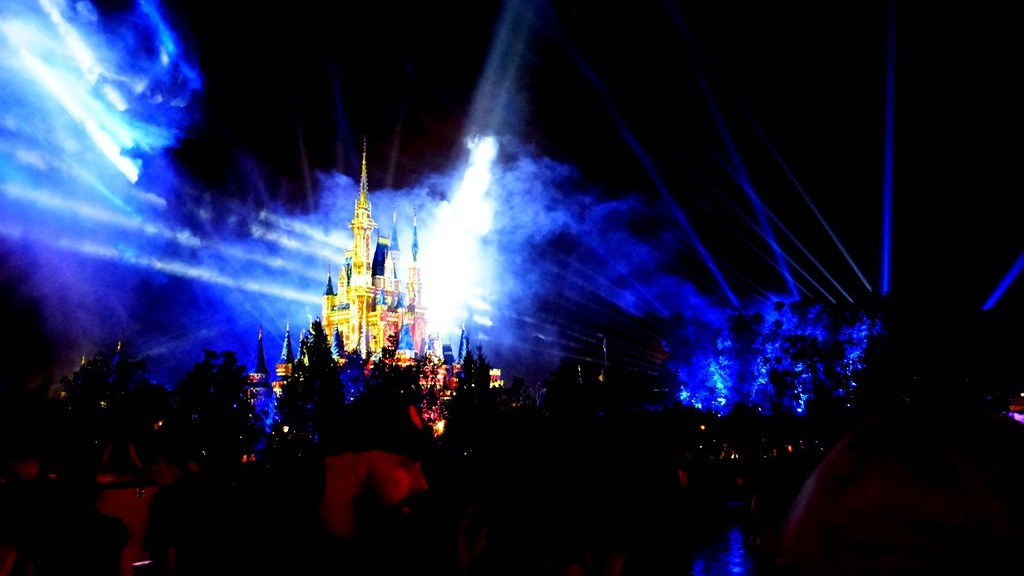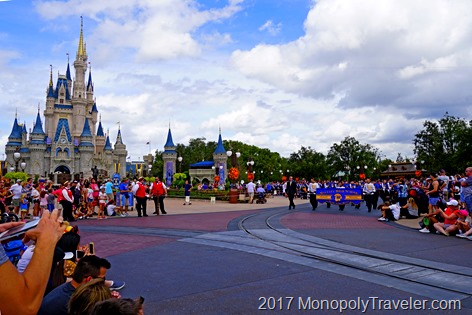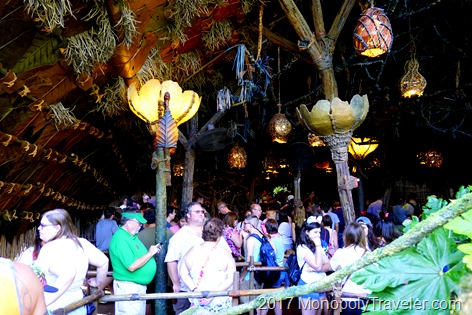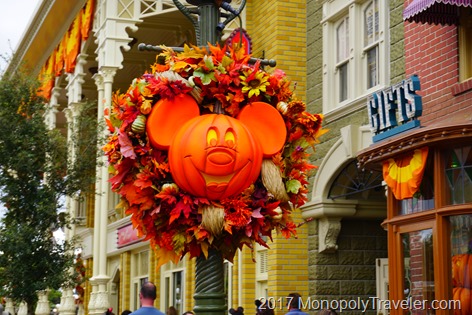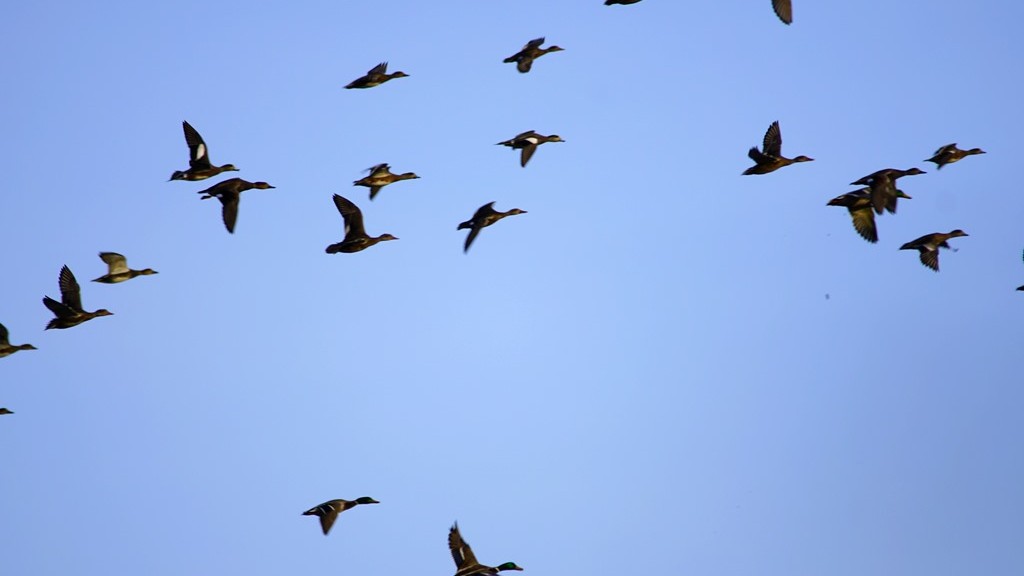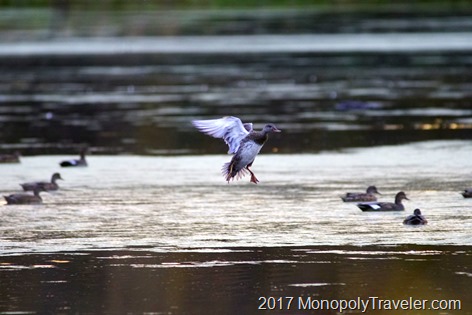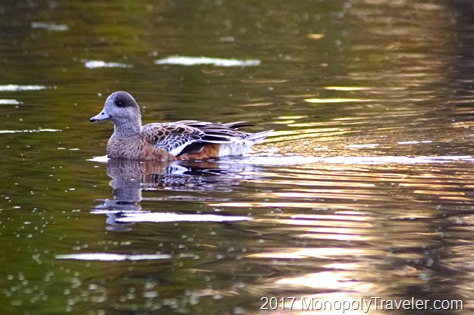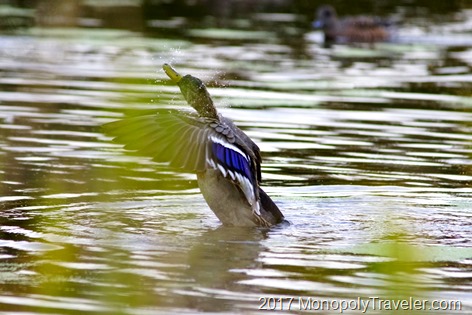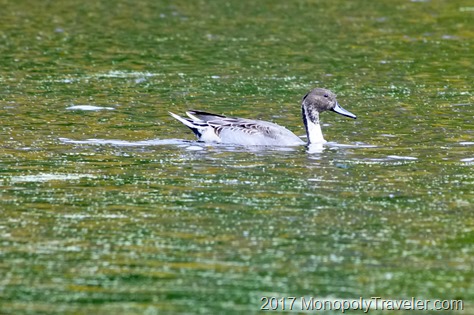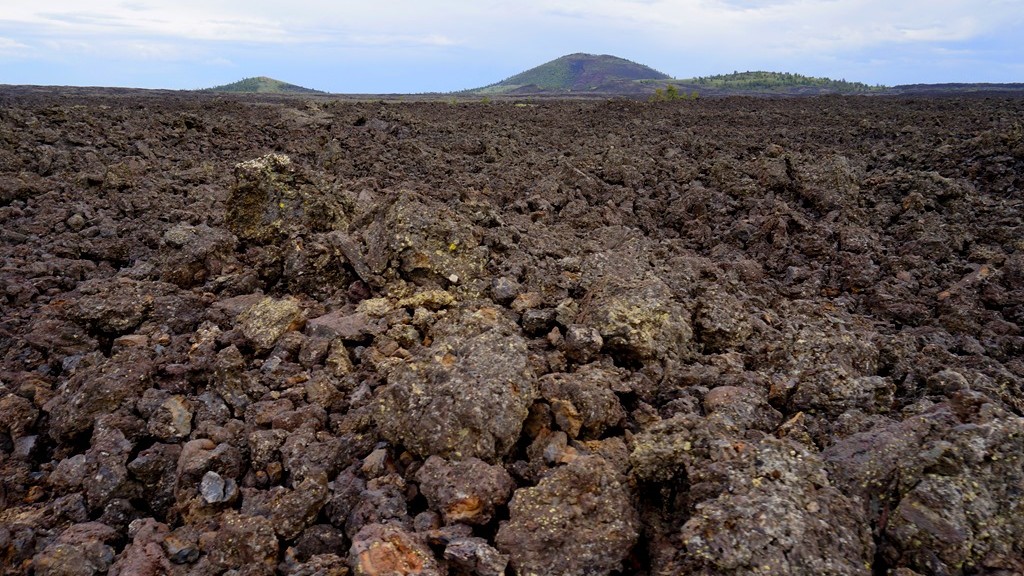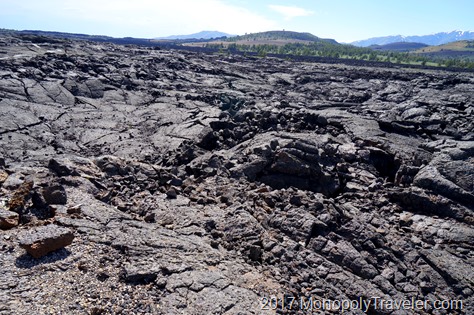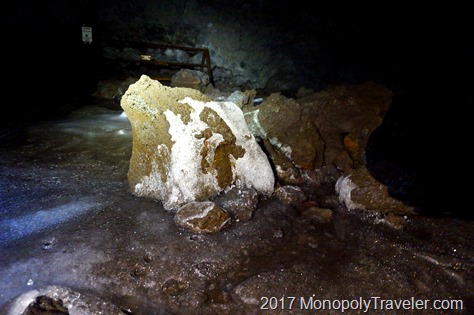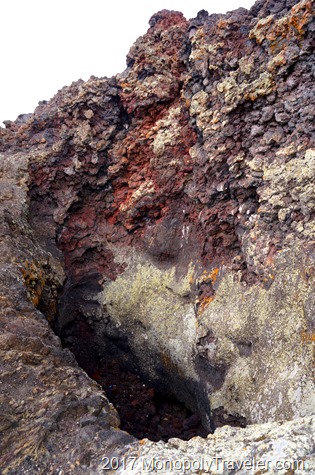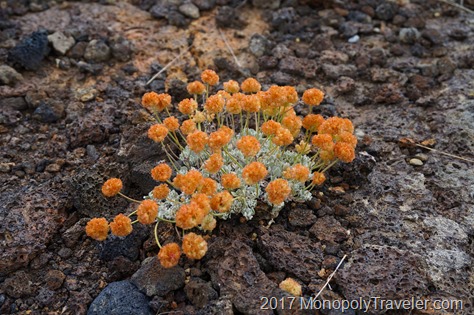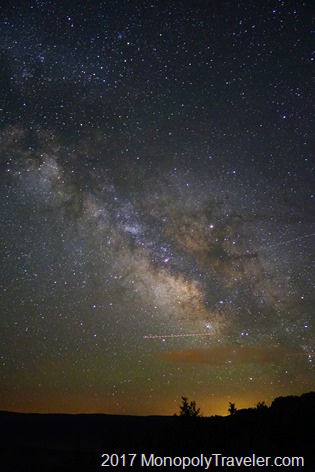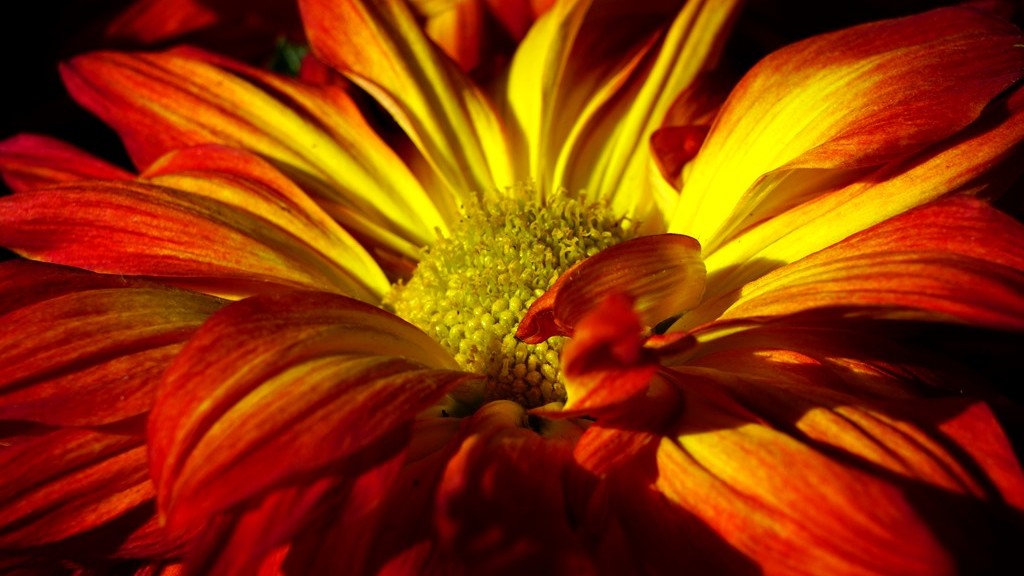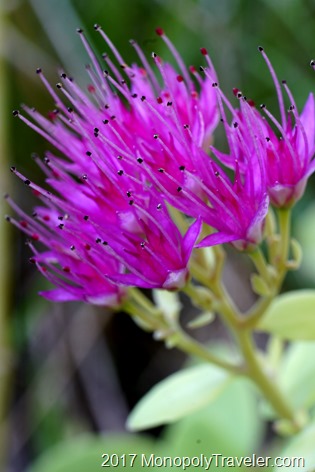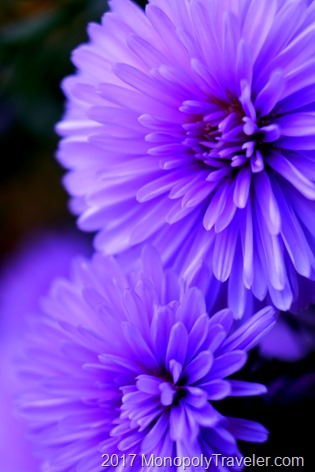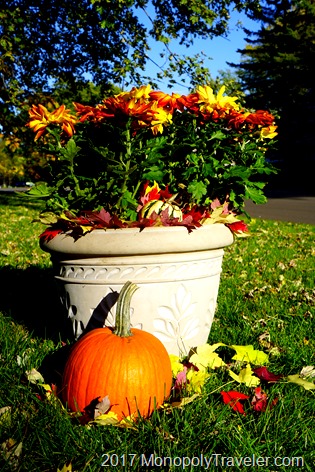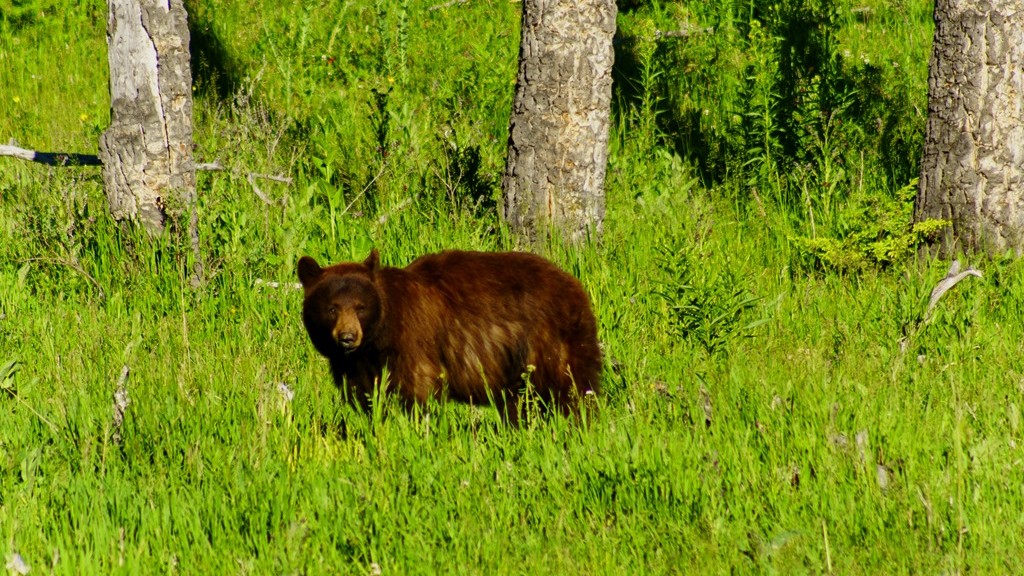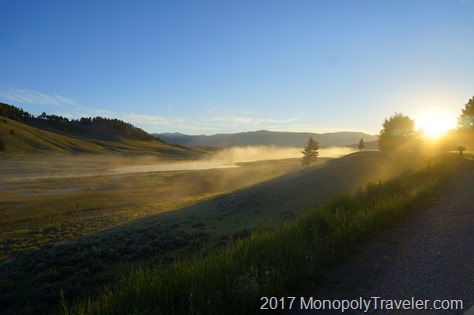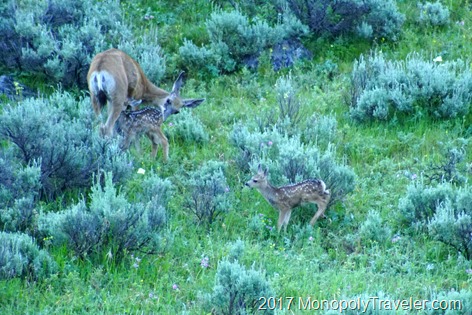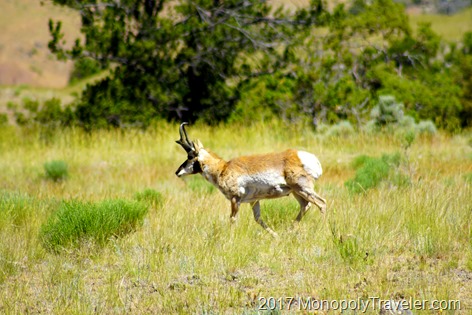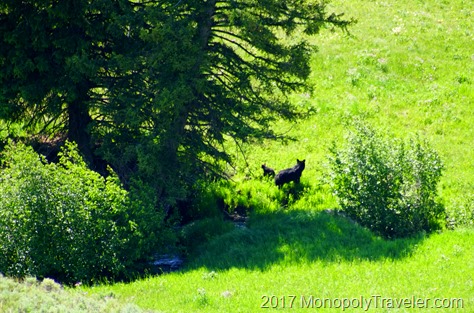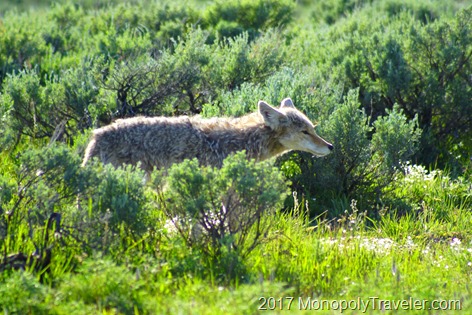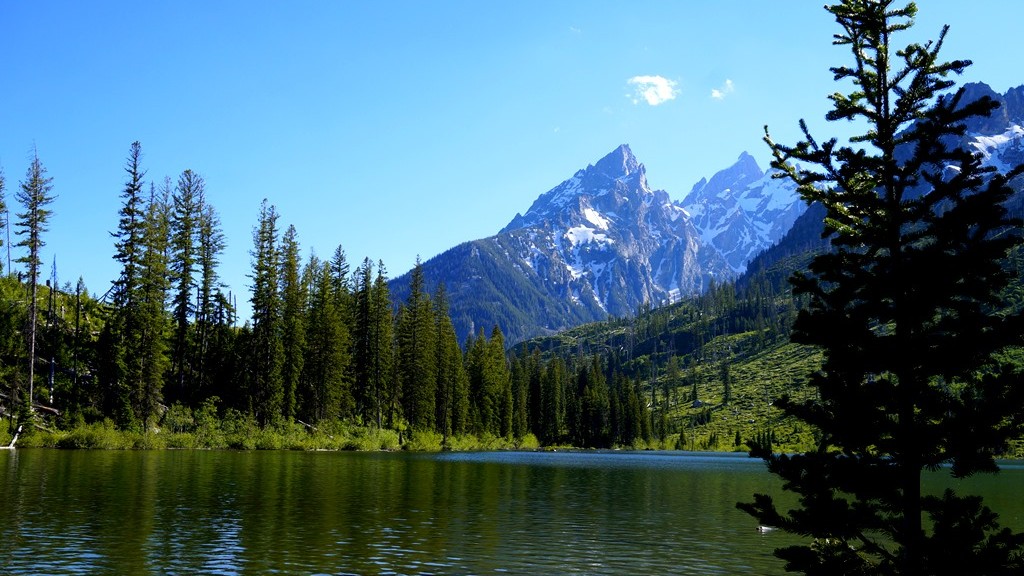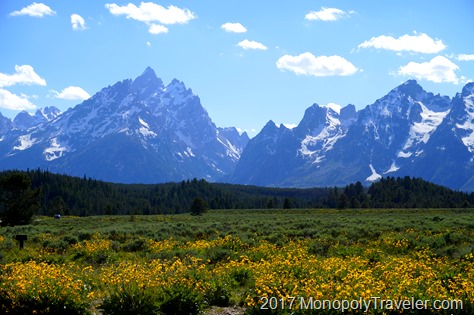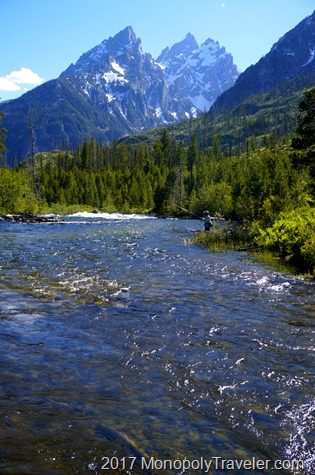When visiting a number of the National Parks there are signs warning visitors of wild bears however it is not a common occurrence to actually see one. The first places we really began to hope for a bear spotting was while traveling in Alaska – Mendenhall Glacier, Glacier National Park, Skagway and the Chilkoot Trail, and Ketchikan. Being there during the salmon run seemed like it should almost guarantee a bear sighting yet we did not see any. This was disappointing as we could see where bear had been and in one case was told of a sighting mere minutes before we arrived to that area. Well, there were other parks in our travel plans with good opportunities as well. Maybe there will be better luck at those.
When planning for the Smoky Mountains and Shenandoah we read about high bear populations so hoped this would provide the much sought after encounter (from a distance of course). Keeping a watchful eye while driving and taking time to hike into the forests produced no success and once again left us wanting to see a wild bear. Now we are starting to wonder if we are bear repellent as we’ve been to some good areas to see them and nothing to show for it. It became kind of a joke for us and many friends of ours that seeing a bear is not in our future and if you want to go into bear territory, just ask us to join you and you won’t need to worry about encountering them.
As our Monopoly National Park travels near the end we had one last hope to see a wild bear a safe distance away – Yellowstone National Park. The first afternoon and evening in the park and no bears. Our first full day exploring this beautiful place – you guessed it, no bears. A second full day on which I got up early and went into areas with a higher probability of bears just hoping to come across one and still no bears. Giving up in the late morning I began my trip back to the hotel to pick up the rest of the family for more Yellowstone fun only to encounter a road block and not being able to get through. Losing a little hope at the sight of road construction equipment I eventually made it through the jam and began passing numerous people with cameras all pointed in the same direction.
Quickly pulling over hoping to finally see a bear I was confronted with park police told I couldn’t park there so I continued on and finally found a legitiment place to stop and walked quickly back to the place I saw all of these people expecting whatever wildlife to have moved on by now. Shocked there she was – a bear. Not only was there a bear but she was with a cub. Finally… a wild bear siting! After this bear and cub walked into a nearby forest I began my walk back to the car when another person pointed out another bear in a nearby field. This bear also was with a cub. That’s four bears in one area. By the time we left Yellowstone a few days later we had observed seven bears in total. The wait was over and well worth it. Bears are fun to watch at a safe distance for both the observer and the bear, especially the cubs as they play on trees or in a meadow.

